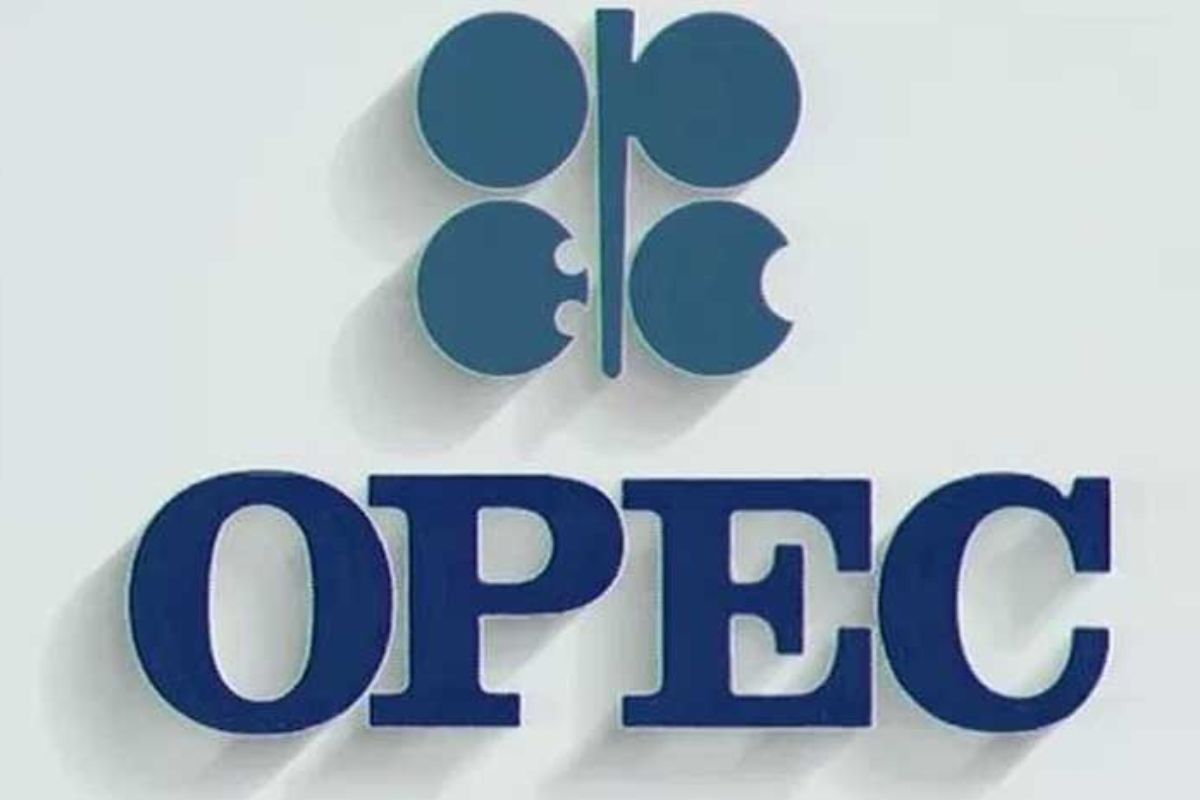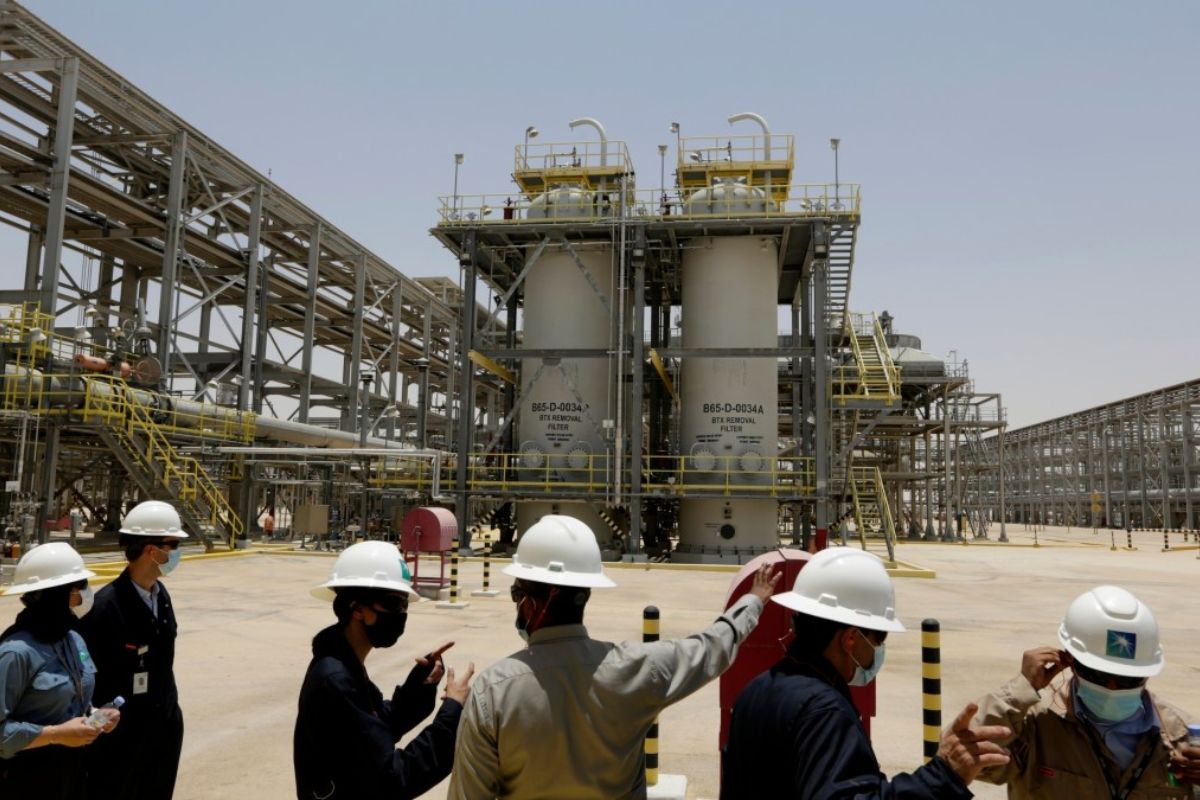OPEC Surprise Boosts Oil: In a move that sent shockwaves through the oil market, OPEC+ surprised analysts by extending output cuts into the second quarter.
The decision comes at a time of heightened geopolitical tensions in the Middle East, further complicating the delicate balance of supply and demand.
With Russia’s unexpected commitment to additional cuts, the impact on global oil prices and Brent spreads is undeniable.
As uncertainties loom and conflicts persist, the implications of these decisions on the energy landscape are far-reaching.
OPEC+ Extends Output Cuts Amid Middle East Tensions
The decision by OPEC+ to extend output cuts amidst escalating tensions in the Middle East has sent shockwaves through the oil market, propelling prices to new heights. This strategic move showcases OPEC+’s unwavering commitment to stabilizing the market and exerting control over oil prices. The extension of the voluntary output cuts by 2.2 million barrels per day into the second quarter demonstrates a proactive stance in the face of global uncertainties, particularly in the volatile Middle East region.
The market response to this decision has been nothing short of dramatic, with Brent futures surging to $83.69 per barrel and U.S. WTI reaching $80 per barrel. Analysts at ANZ highlight that this price hike is a direct result of the perceived tightness in the physical oil market, further exacerbated by the ongoing geopolitical tensions. OPEC+ has once again proven its ability to influence the oil market significantly, showcasing its dominance and impact on global energy dynamics.
Russia’s Additional Output Cut Impact and Brent Spreads Widening
Amidst the ongoing tensions in the Middle East, Russia’s recent announcement of an additional output cut of 471000 barrels per day for the second quarter has triggered a significant impact on oil markets, notably widening Brent spreads.
Also Read: Oil Plummets 1 Percent: Fed Caution, Stock Build Dash OPEC+ Hopes
- The alignment of Russia with OPEC+ in further reducing oil output reflects a unified front in the face of market challenges.
- The widening of Brent spreads indicates a tightening of global oil markets, with implications for supply and demand dynamics.
- The expansion of the prompt Brent intermonth spread to 92 cents a barrel underscores the shifting landscape of oil pricing.
- The rise of the six-month Brent spread to $4.43 in backwardation suggests a market expectation of reduced supply in the future, driving current price movements.
Russia’s decision to deepen its production cuts not only showcases its commitment to market stability but also sets the stage for potential price volatility and strategic shifts in the global energy landscape.
Geopolitical Tensions and Ongoing Conflicts Impact Oil Prices
Rising global tensions and ongoing conflicts continue to exert significant influence on oil prices, shaping market dynamics with each new development. The Israel-Hamas conflict and Houthi attacks on Red Sea shipping lanes serve as stark reminders of the fragility of geopolitical stability and its direct impact on oil markets. The Yemeni Houthi group’s persistence in targeting British vessels not only threatens maritime security but also adds a layer of uncertainty to an already volatile oil market. Meanwhile, U.S. Vice President Kamala Harris’s call for a ceasefire and increased aid to Gaza underscores the intricate interplay between geopolitical tensions and energy prices.
As Washington signals progress in ceasefire negotiations and Israel tentatively agrees to a framework deal, the broader economic landscape is caught in the crossfire of conflicting interests. The specter of geopolitical flashpoints casts a long shadow over oil prices, amplifying market jitters and investor concerns. In this high-stakes geopolitical poker game, every move has the potential to send shockwaves through the oil market, underscoring the tightrope walk that energy traders must navigate in the face of escalating global tensions.
News In Brief
OPEC+ has jolted the oil market by extending output cuts into Q2, reacting to heightened Middle East geopolitical tensions. The alliance’s commitment, coupled with Russia’s unexpected additional cuts, led to Brent futures surging to $83.69 and U.S. WTI hitting $80 per barrel. OPEC+’s proactive stance, aiming to stabilize the volatile market, has showcased its substantial influence. Russia’s synchronized output reduction widened Brent spreads, indicating a tightening global oil market. Amid conflicts in the Middle East, including the Israel-Hamas and Houthi attacks, oil prices face uncertainty. Geopolitical flashpoints cast a shadow over the market, emphasizing the delicate balance energy traders navigate amid escalating global tensions.
Our Reader’s Queries
Q1 Why is OPEC cutting oil prices?
A Concerns about a potential new banking crisis in the last month prompted investors to divest from risk assets, including commodities. Oil prices have declined to around $70 per barrel from their March 2022 near-all-time high of $139. The possibility of a global recession adds pressure, potentially pushing oil prices lower.
Q2 What is the demand for oil in 2024?
A The slowdown is expected to intensify in 2024, with the forecast for global oil demand growth averaging 1.2 million barrels per day (mb/d), just half of the robust expansion observed last year. Similar to 2023, the majority of gains will be driven by a select group of countries, particularly China, and to a lesser extent, India and Brazil.
Q3 How much oil is OPEC currently producing?
A OPEC’s current crude oil production stands at 28.65 million barrels, showing a slight decrease from the previous month’s 28.78 million and a more significant decline from the level of 30.07 million observed one year ago. This reflects a month-on-month change of -0.46% and a year-on-year change of -4.72%.



